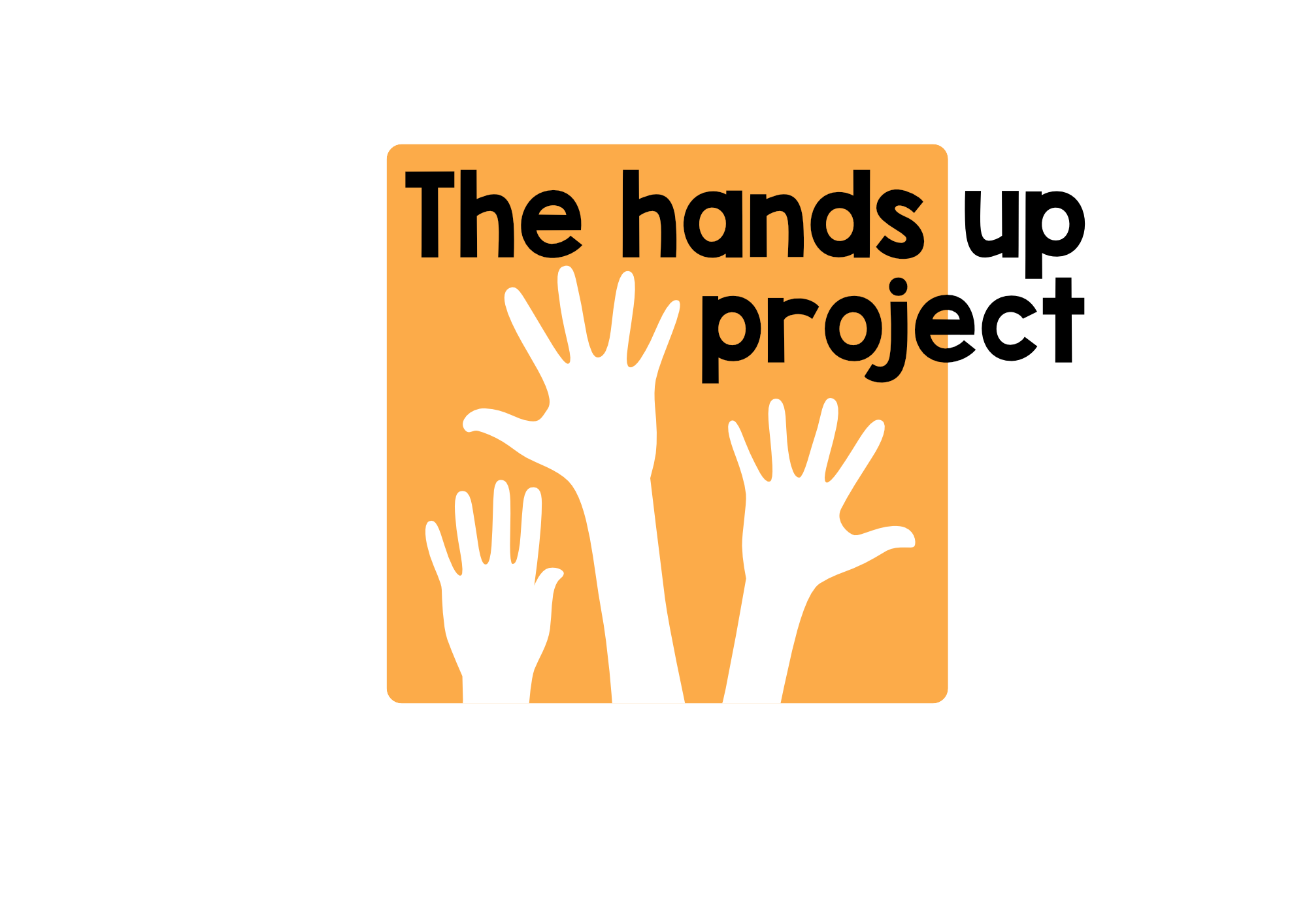Usually when I write this weekly blog post I share it first with the various Palestinian teacher and teacher trainer groups that I belong to on Facebook, before sharing it elsewhere. I do this because it is this kind of audience that this blog is intended for. I want this to be a space where teachers who work in contexts like these can get new ideas, where they can download resources, and where they can discuss and share ideas about what happens in their own classes.
Zaatari
This week I'm sharing it with everyone straight away though, and I'm doing this because I want to mark a change in the way the Hands Up Project is developing.
When I started doing this more than six months ago it was really just about me telling stories to children through Zoom. I'm still doing this of course, more than ever, and there are new groups starting all the time. Just today for example, I've been asked by a group in Gaza to set up an online training course in storytelling techniques for teachers there. But increasingly these days, I'm finding that the Hands up Project is becoming more about the output of the learners and, at the same time, more about me and the rest of the outside world being an audience for their output.
Yesterday I started working with a new group in Gaza and they began with two excellent performances in front of the webcam of things they'd been practising with their teacher, Ghada Matar; the first a chant I wrote, but performed by the kids in their own very creative way, and the second a very dramatic readers' theatre performance of the story of 'Nasreddin and the dinner party' They were performing for the rest of the class of course as well as me (and it helped that the images of them as well as me were projected onto the big screen) but I could sense that they really got a kick out of showing their work to someone outside.
For Gazans, living in an incredibly densely populated tiny area of land, and for the most part never having set foot outside, this is something very powerful that the internet can offer. Even the two short power cuts that we experienced during the session didn't seem to curb their enthusiasm to perform. And it's not just through the online Zoom sessions that these performances are happening. I'm also regularly being sent videos of brilliant adaptations of the Stories Alive material by some very creative teachers in Gaza. I particularly like the way that Sahar Salha gets the whole class involved so enthusiastically with this chant from the story of The Jackal and the Crow. Perhaps the fact that they know they are being videoed gives them that extra bit of push.
And every time I ask students to draw a picture in an online session there is always a sea of waving hands when I ask if anyone would like to come and show their drawing to me and talk about it. I still think that talking with a child about something they have drawn is one of the most empowering things we can do as teachers of young learners.
Now thanks to blogs and social media sites like Facebook the audience can be wider ranging still. Since January most of the visitors to this blog have been from Palestine, but it's also been visited by teachers from 74 other countries too. Hopefully this post and a small part of the work that teachers and students are producing will be shared widely too, if only as a reminder of the fact that children are children pretty much wherever they are.

